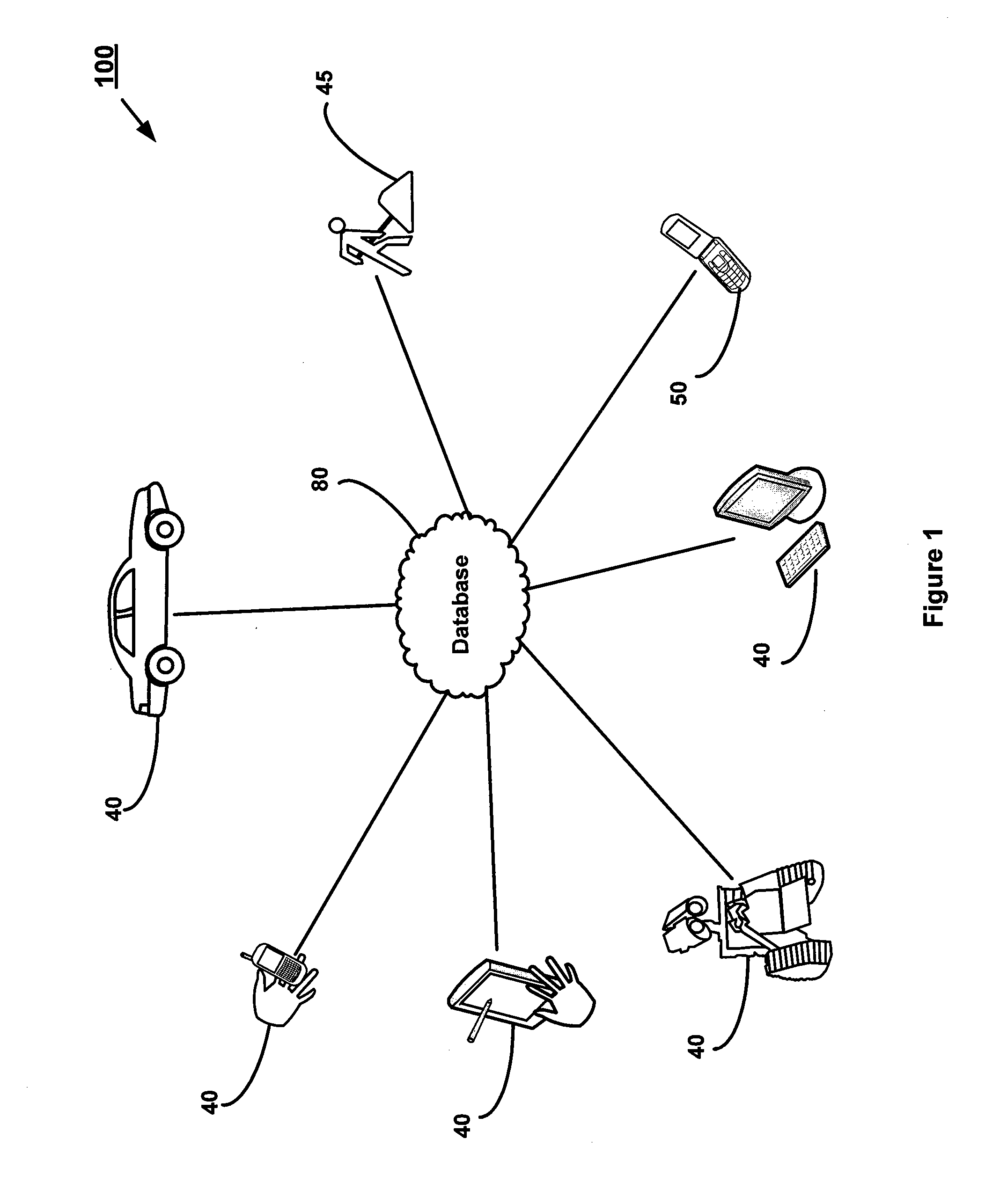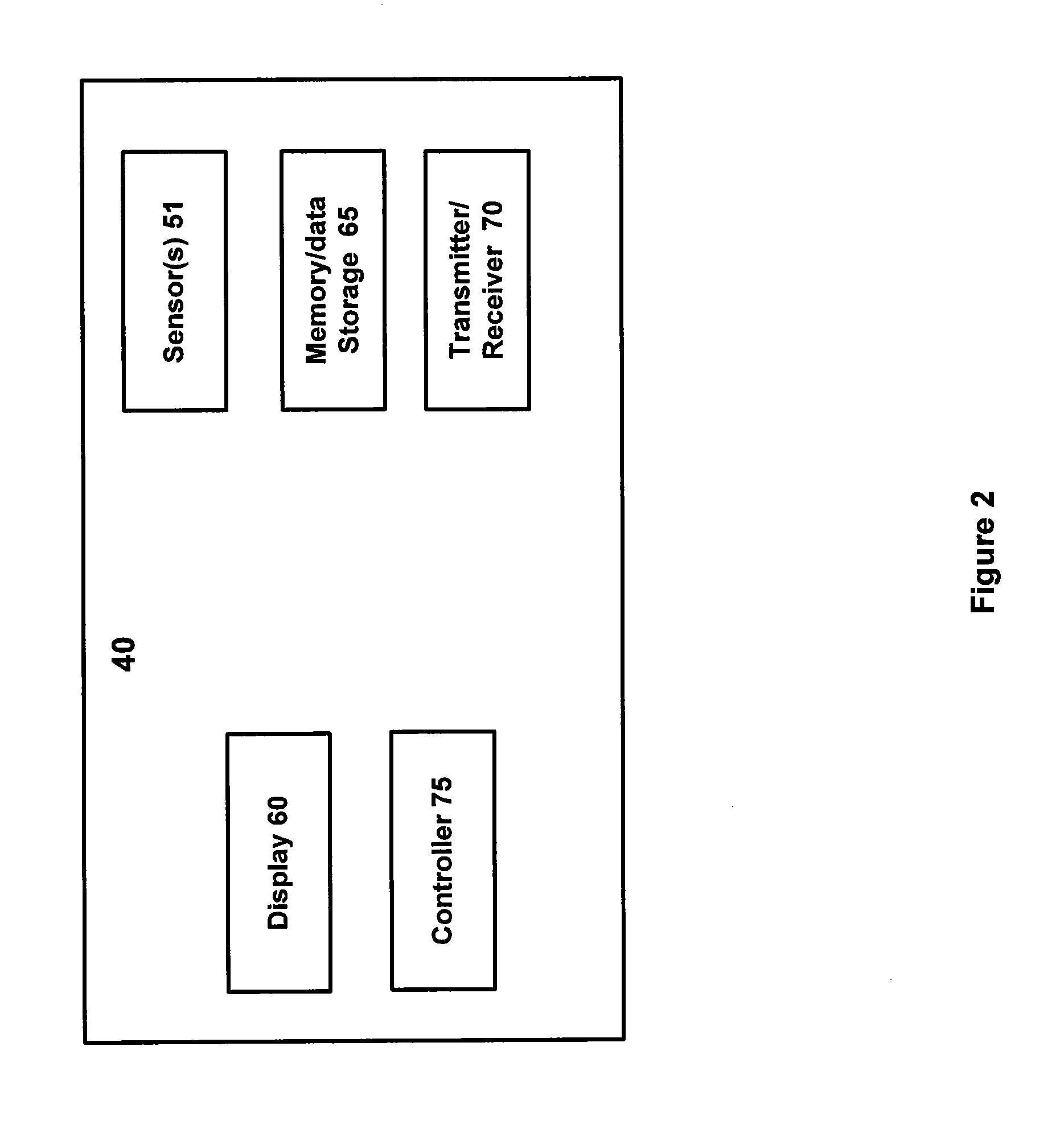System and method for hazard detection and sharing
a technology of hazard detection and sharing, applied in the field of environmental improvement, can solve the problems of no common system and repository for professionals, civilians, and robots, regardless of their functions, and achieve the effect of reducing lost time or frustration
- Summary
- Abstract
- Description
- Claims
- Application Information
AI Technical Summary
Benefits of technology
Problems solved by technology
Method used
Image
Examples
Embodiment Construction
[0017]In general, planning a route involves many factors. A starting point and a destination are generally known a priori; however, the route to arrive at the destination may not be known. The mode of travel is often times a factor for route planning. Also, route planning may benefit from increased knowledge regarding obstacles that may be encountered in transit. In an exemplary embodiment, aspects of the present system 100 may be used during real-time route planning. This can occur during travel to a destination or while en route and / or a combination thereof. For instance, a route which was previously planned may need to be automatically updated based on a newly identified obstacle / hazard.
[0018]In various embodiments, aspects of the present system 100 may be used for route planning. In various embodiments, aspects of the present system 100 may be used for autonomous vehicle and / or robotic route planning. In various embodiments, aspects of the present system 100 may be used for rout...
PUM
 Login to View More
Login to View More Abstract
Description
Claims
Application Information
 Login to View More
Login to View More - R&D
- Intellectual Property
- Life Sciences
- Materials
- Tech Scout
- Unparalleled Data Quality
- Higher Quality Content
- 60% Fewer Hallucinations
Browse by: Latest US Patents, China's latest patents, Technical Efficacy Thesaurus, Application Domain, Technology Topic, Popular Technical Reports.
© 2025 PatSnap. All rights reserved.Legal|Privacy policy|Modern Slavery Act Transparency Statement|Sitemap|About US| Contact US: help@patsnap.com



